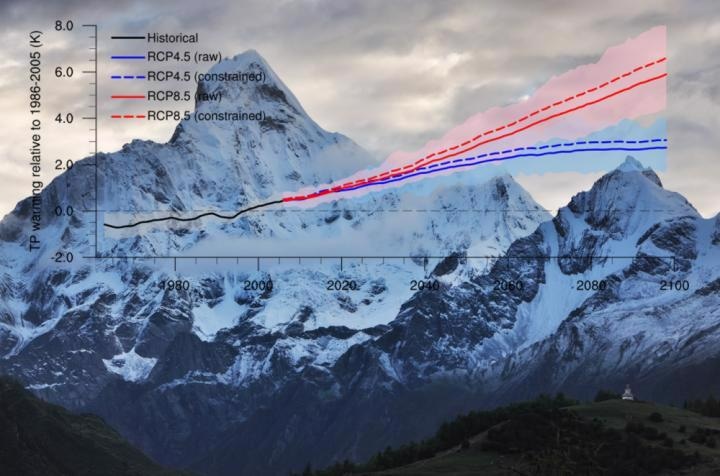Towering cumulonimbus storm clouds are seen in this photo taken August 15, 2014, looking east toward the Atlantic Ocean from the area of Space Launch Complex 37 at the Air Force Station of Cape Canaveral (now Cape Canaveral Space Force Station) in Florida. NASA has selected a new science mission from Earth called Investigation of Convective Updrafts (INCUS) that will study the behavior of tropical storms and thunderstorms, including their impacts on weather and climate patterns. Credit: NASA/Jim Grossmann
NASA has selected a new science mission from Earth that will study the behavior of tropical storms and thunderstorms, including their impacts on weather and climate patterns. The mission will be a collection of three SmallSats, flying in close coordination, called Investigation of Convective Updrafts (INCUS), and is scheduled to launch in 2027 as part of NASA’s Earth Venture program.
NASA selected INCUS as part of the Earth Venture Mission-3 (EVM-3) agency solicitation which sought comprehensive space surveys to answer important scientific questions and produce data of societal interest in the field of Earth Science. NASA received 12 EVM-3 mission proposals in March 2021. After detailed review by panels of scientists and engineers, the agency selected INCUS for further development.
Get news from NASA on climate change: Sign up to the newsletter “
“Each of our science missions to Earth is carefully chosen to add to a strong portfolio of research on the planet we live on,” said Thomas Zurbuchen, associate administrator of the agency’s Science Missions Directorate in Washington. . “INCUS fills an important niche in helping us understand extreme weather events and their impact on climate patterns – all of which serve to provide crucial information needed to mitigate weather and climate effects on our communities.
INCUS aims to directly determine why convective thunderstorms, heavy precipitation and clouds occur exactly when and where they form. The survey stems from the 2017 Earth Science Decadal Survey by the National Academies of Science, Engineering, and Medicine, which lays out ambitious, but badly needed, research and observational directions.
“In a changing climate, more accurate information about how storms develop and intensify can help improve weather models and our ability to predict risks from extreme weather,” said Karen St. Germain, Director of NASA’s Earth Sciences Division. “This information not only furthers our scientific understanding of Earth’s changing processes, but can also help inform communities around the world.”
Climate change is increasing the heat in the oceans and making it more likely that storms will intensify more often and faster, a phenomenon that NASA scientists continue to study.
Storms begin with a rapid rise in water vapor and air that create towering clouds ready to produce rain, hail, and lightning. The greater the mass of water vapor and air transported upwards in the atmosphere, the greater the risk of extreme weather events. This vertical transport of air and water vapour, known as convective mass flow (CMF), remains one of the great unknowns of weather and climate. Systematic measurements of CMF over the full range of conditions would improve the representation of storm intensity and limit high cloud feedbacks – which can add uncertainty – in weather and climate models.
The lead researcher for INCUS is Susan van den Heever of Colorado State University in Fort Collins. The mission will be supported by multiple NASA centers, including Jet Propulsion Laboratory in Southern California, Goddard Space Flight Center in Greenbelt, Maryland, Marshall Space Flight Center in Huntsville, Alabama, with key satellite system components that will be provided by Blue Canyon Technologies, and Tendeg LLC, both located in Colorado. The mission will cost around $177 million, not including launch costs. NASA will select a launch vendor in the future.
The NASA Earth Venture program consists of scientific missions/surveys, competitively selected and at low cost. This program provides opportunities for investment in innovative science to improve our ability to better understand the current state of the Earth system and to further improve predictions of future change. The current Earth Venture program includes full missions, satellite instruments for opportunity flights, instruments for continuity of earth science data logging, and sustained suborbital surveys.
For more information on NASA Earth Science programs, visit:
Contact with the media
Tylar Green
Headquarters, Washington
202-358-0030
[email protected]
Jane J. Lee / Ian J. O’Neill
Jet Propulsion Laboratory, Pasadena, California.
818-354-0307
[email protected] / [email protected]




